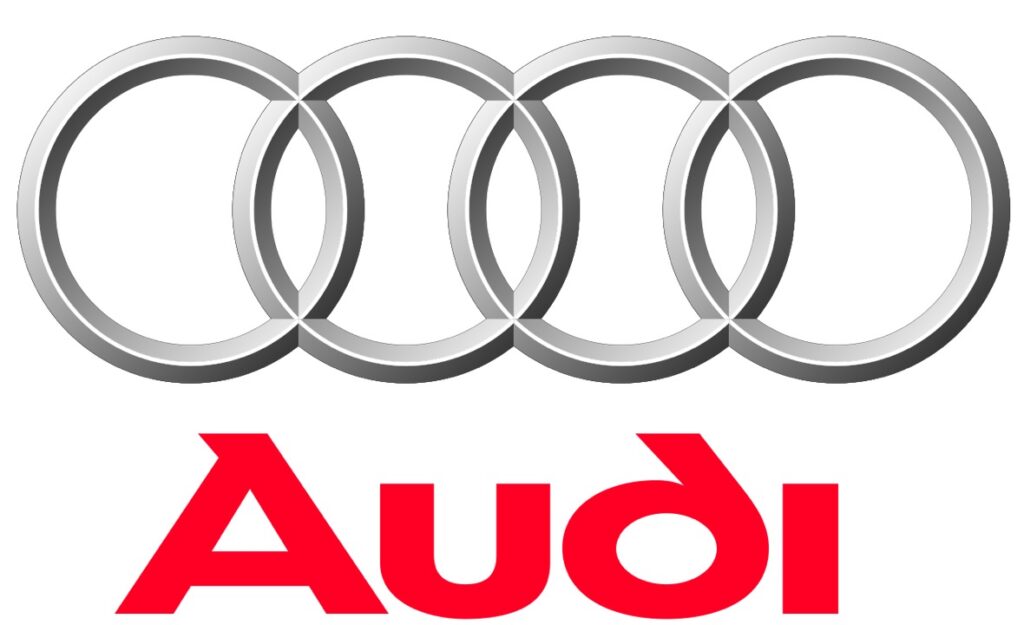Using Symbols in Branding
Graphic designers frequently act as interpreters (or reinterpreters) of cultural symbols through graphic identities, and we live in a world of complex symbolism, where symbols with deep cultural origins are altered, editorialized, and juxtaposed to produce ever-new meaning.

Symbols convey large concepts in tiny packages, as seen in religious iconography, national flags, and the traditional elements of ancient philosophies—earth, water, air, fire, and ether. The power of symbols is something that designers are naturally aware of. We must be more aware of the source of that power as the world becomes smaller and more linked.
Symbols and cultures are inextricably linked. For this reason, in some parts of the world, the same organization is called the Red Crescent Society, and in others, the Red Cross Society. Establishing a cross-cultural brand that uses symbols necessitates careful consideration to make sure the symbols have comparable meanings around the globe. Because nature-inspired symbols are so widespread, they pose less of a risk.
The Vocabularies of Branding Symbols
Using the graphic identity as a basis or touchstone for a symbol vocabulary, many identity programs use a set of symbols. This kind of mark extension enhances the brand’s significance and serves a particular purpose. One sign may indicate training materials, while another may indicate sales collateral in a corporate literature system or website. During the 2014 Winter Olympics in Sochi, Russia, this emblem might stand for snowboarding or ski jumping.
Although symbols ought to be obvious, they frequently presume some level of user knowledge. Your audience will get accustomed to your symbol language and be able to recall it more quickly if you use it regularly. Drivers in the United States don’t give a black X on a yellow circle (a railroad crossing) or a white H on a blue rectangle sign (a hospital) much thought. A brand can develop a distinctive, identifiable graphic language by using a set of symbols that are used consistently.
When Symbols Are Brands
The most successful brands typically represent something in a culture that goes beyond the practical, targeted product. Brands themselves are only infrequently elevated to the status of cultural icons.

You can tell that a brand represents more than just shoes, computers, or automobiles when you see people writing songs about a vehicle company, getting tattoos of a computer company’s logo, or purchasing bags with the emblem of a shoe company prominently displayed. A brand represents more than just a corporate value proposition when it genuinely aligns with an audience-resonant concept, such as community, education, or health. Over time, the most valuable brands are those that are as much about belonging as they are about purchasing.
